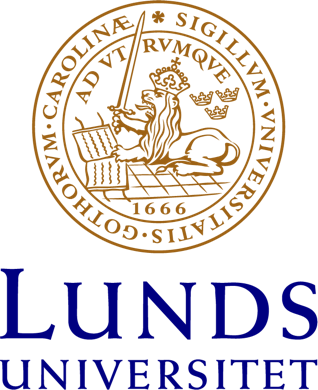Medical education in Libya: The challenges
The history of medical education in Libya spans over a period of 40 years. Medical schools had a good and promising start in the 1970s. The graduates of the first few classes had a good impact on the health services in Libya. However, the medical schools did not embrace the immense changes that medical education experienced over the last two decades. This article aims to give a background on the m
